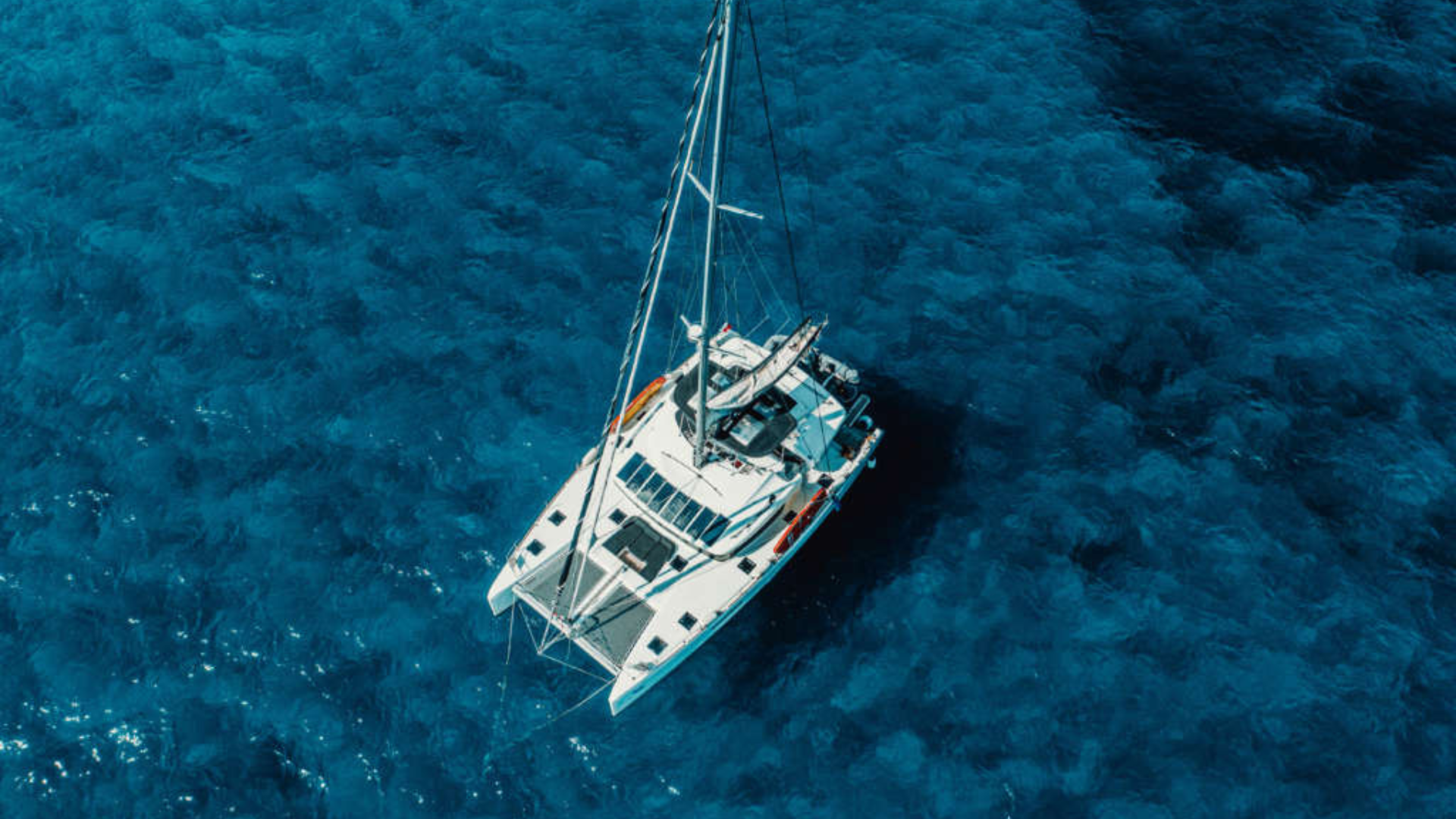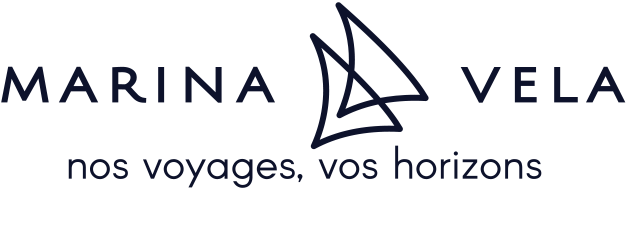Ways we can protect the marine ecosystem
Table of contents:
- What are the different types of marine ecosystem pollution?
- Marine ecosystem conservation: government actions
- An example: a project in the Pélagos Sanctuary
Marine biodiversity is breathtaking, but it is unfortunately threatened. Human activity is mainly responsible for marine pollution. Climate and environmental changes also have a negative impact on marine wildlife. What can we do to protect the marine ecosystem? Marine Vela helps you find solutions to protect marine species.
1. What are the different types of marine ecosystem pollution?
Did you know that 80 % of marine litter comes from human activities? Let’s learn more about the different types of pollution.
1.1. Plastic pollution
Plastic waste is, by far, the main type of pollution that can be found in the ocean. Several tons of it. 75 to 199 million tonnes, to be more precise, representing 85 % of all marine debris. They can be found, of course, on beaches and on the high seas, mainly in the form of:
- Bottles ;
- Bottle caps ;
- Bags ;
- Cigarette butts ;
- Etc.
This is what happens when plastic gets in the ocean:
- It can hurt many marine species.
- It damages coral reefs and all the marine ecosystems.
Plastic also has a big impact on marine ecosystem services. For example, the plastic eaten by marine animals can then be found in the fish on our plates.
1.2. Fishing nets
Fishing nets are also widely responsible for marine pollution. Indeed, there isn’t only one or two fishing lines lost at sea. There are about 640 000 tonnes floating on the ocean.
Fish, sea turtles and other species get trapped in them, including endangered species.
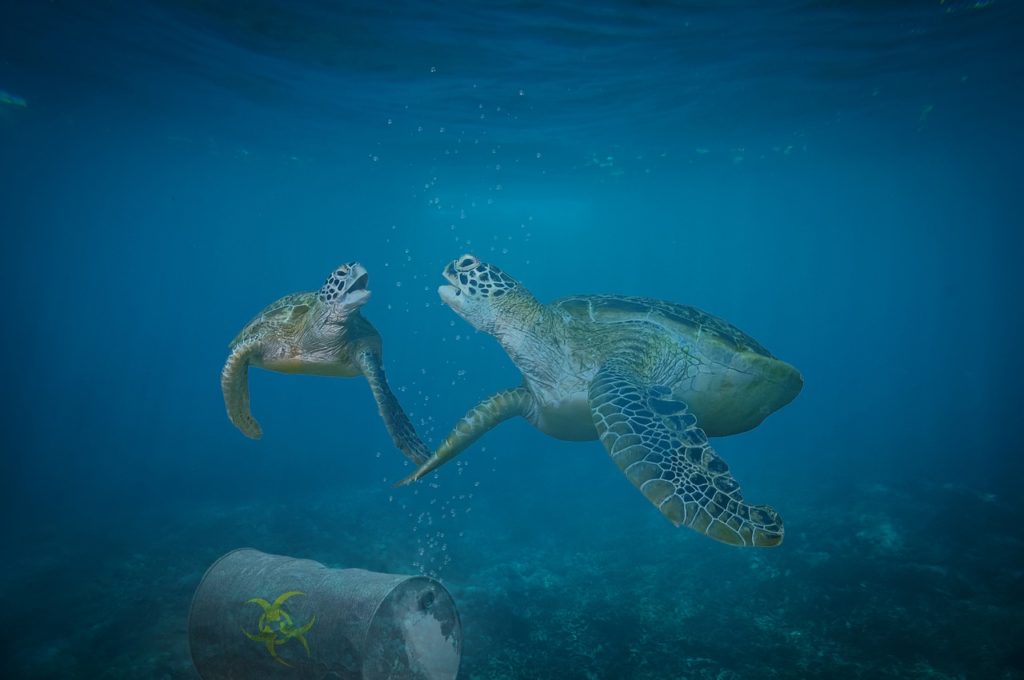
1.3. Oil
Human activities at sea are also affecting marine ecosystems.
Oil spills are a sad example. 6 million tonnes of oil end up in the ocean each year.
Once more, oil spills have many consequences on marine wildlife. After polluting marine plankton, it changes the entire food chain as we know it.
1.4. Sound pollution
Sonar and oil platform waves are harmful to marine ecosystems. They can travel in water for thousands of kilometers.
This phenomenon blurs communication between some marine species, such as toothed whales.
1.5. Light pollution
The light also affects some marine animals’ circadian rhythm, especially those that live close to the coasts. In a world where it is naturally dark, the light induces a change in their behavior: the way they eat, their migration plan, the way they reproduce.
Then, what can we do to protect the marine ecosystem efficiently? Here are some answers below.
2. Marine ecosystem conservation: government actions
Before giving you some solutions to protect the marine ecosystem, here is a reminder of what the government is doing.
2.1. Some actions to protect marine biodiversity
As part of an European agreement, many rules have been established to protect marine life. They include:
- Reducing marine litter that usually ends up on the coasts or on the seabed.
- Limiting marine pollution related to human activity at sea.
It also concerns:
- The fight against wastewater and rainwater discharge in the ocean ;
- Establishing actions to raise awareness about ocean pollution ;
- Creating marine protected areas ;
- Establishing a new way of managing and collecting waste found at sea and on the shoreline.
Now, let’s talk about ongoing projects.
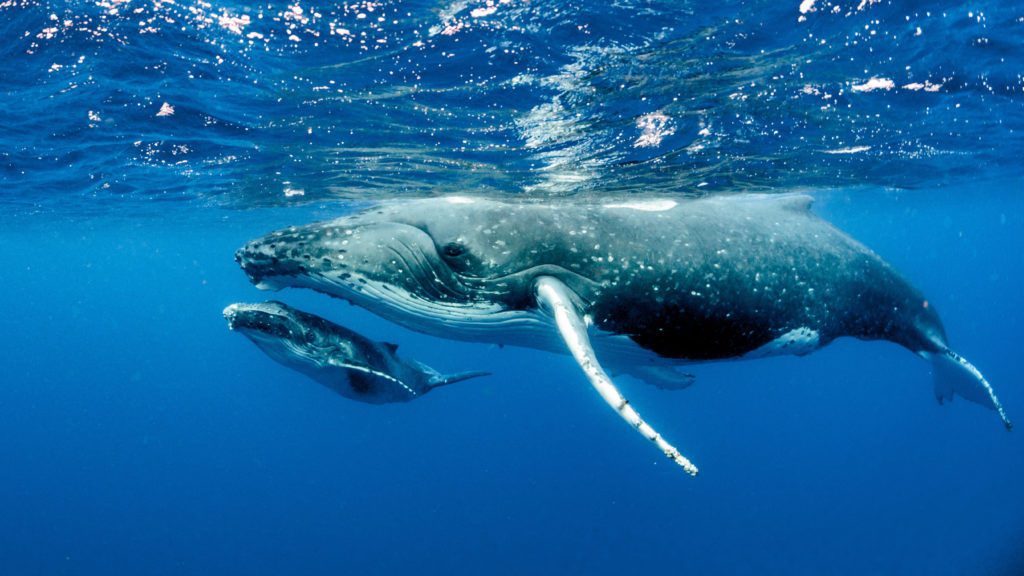
2.2. The zero plastic waste project at sea
Established in 2010, this project should contribute by 2025:
- To the fight against plastic waste in the ocean and river water ;
- To inform and raise people’s awareness about the dangers of pollutants.
For that purpose, scientific studies have, for example, started to analyze the effects of plastic on our health.
Amongst the actions taken to protect the marine ecosystem, we can mention:
- Significant shoreline clean-ups ;
- Raising awareness about marine pollution during main events ;
- Taking coordinated actions between several services in regional nature reserves ;
- Etc.
Did you know that there are 67 former coastal landfills in France? They also endanger marine animals, as explained below.
2.3. Removing coastal landfills
This waste can end up in the ocean in the short and long term. To avoid marine pollution, evacuation works have been in progress since early 2022. They are happening in landfills in:
- Dollemard, in Seine-Maritime ;
- Anse Charpentier in Martinique ;
- Pré-Magnou in Charente-Maritime.
The same transition should start in other areas in the following months.
2.4. Reducing plastic use
Fish shouldn’t have to learn how to swim around plastic waste. The AGEC law is meant to fix that issue. Passed in 2020, it aims to reduce the use of single-use plastic products, helping with marine ecosystem conservation.
3. An example: a project in the Pélagos Sanctuary
There are many marine protected areas, and the Pélagos Sanctuary is one of them. It is a 87 500 km2 area situated between France, Monaco and Italy.
3.1. What is the Pélagos Sanctuary?
The Pélagos Sanctuary is a protected area for many marine species. It is situated around Corsica. In the 80’s, the Sanctuary could already identify more than 8,500 different species. But unfortunately, human activities were disturbing animal development, especially for marine mammals.
This is why this marine area was subject to a 3-party agreement on February 21, 2002.
The purpose of the agreement? Protecting marine species and their natural habitat.
It should allow these species to develop and to stay safe, while playing a part in the development of socioeconomic activities in this area.
On the French side, Port-Cros National Park is in charge of the Sanctuary.
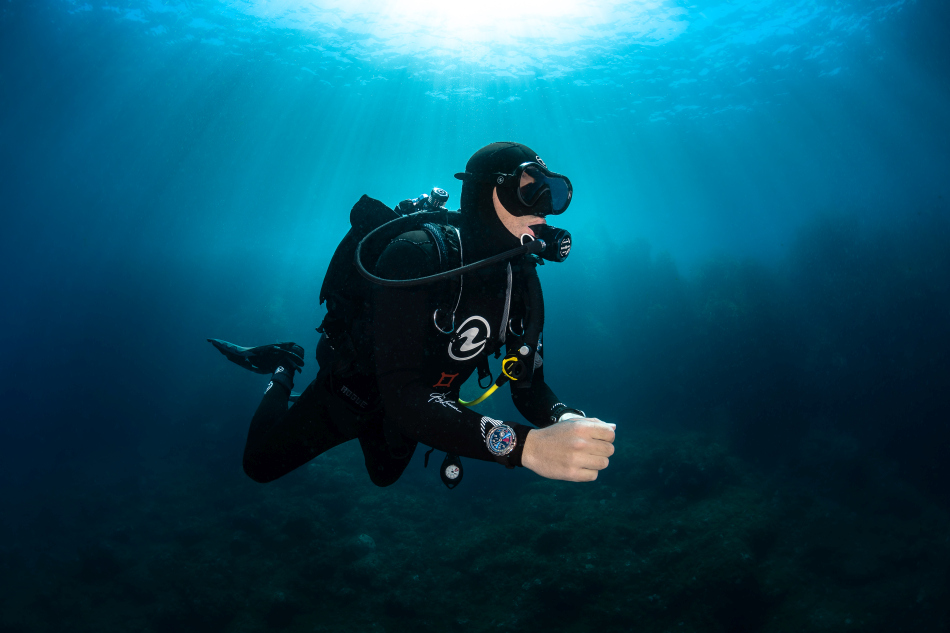
3.2. A protected marine area with thousands of species
The Pélagos Sanctuary is home to many cetaceans. They all come to reproduce in this area in the Mediterranean Sea:
- Different kinds of dolphins ;
- The sperm whale ;
- The beaked whale ;
- The fin whale, one of the biggest mammals after the blue whale ;
- Etc.
They are still endangered. Let’s explain why.
3.3. What are the major threats to cetaceans?
As you know, many tourists dream about watching dolphins and other marine mammals. It might even be your case.
Unfortunately, many boats sail around them and affect their development:
- Fishing ;
- Water activities ;
- Climate change ;
- Environmental changes.
The animals at the Sanctuary need to move, hunt or sleep in good conditions. It would be bad if they turned into marine invasive animals and left their territory, don’t you think?
This is why the agreement and the Pélagos Sanctuary exist.
3.4. Advocating for a responsible tourism
Instituting these agreements provides ground rules. It is important to keep a 100-meter perimeter around marine animals.
Nowadays, many tour operators have adopted these rules at sea. Including, of course, the Marine Vela team.
But we wanted to go even further to protect marine biodiversity.
3.5. Protecting the environment: Marine Vela’s commitment
We are striving to offer our customers a unique experience while showing you around the beautiful island of Corsica.
When our crew isn’t sailing with you, it is at Greg Lecoeur’s side during his naturalist expeditions. Greg is a talented underwater photographer. He brings back stunning images from each of his sea trips. They are a great support for:
- Showing biodiversity and its fragility ;
- Teaching people the right things to do to protect the marine environment.
If you travel on one of our catamarans, you will have the privilege to be gifted a book of his most beautiful photographs.
There are many things you can do to protect the marine ecosystem. During each sea trip, our skippers sail in an eco-responsible way. They avoid disturbing the cetaceans. Each expedition with Greg Lecoeur is also a way for us to take environmental actions that mean a lot to us.
